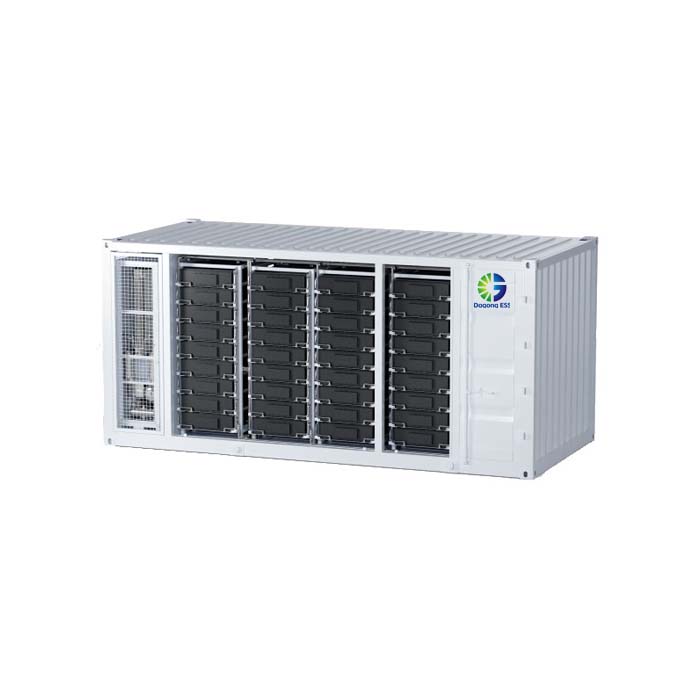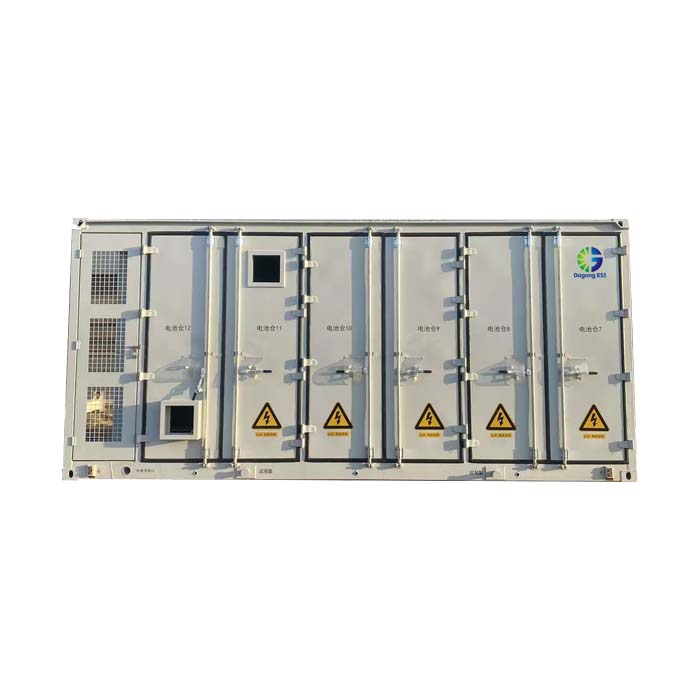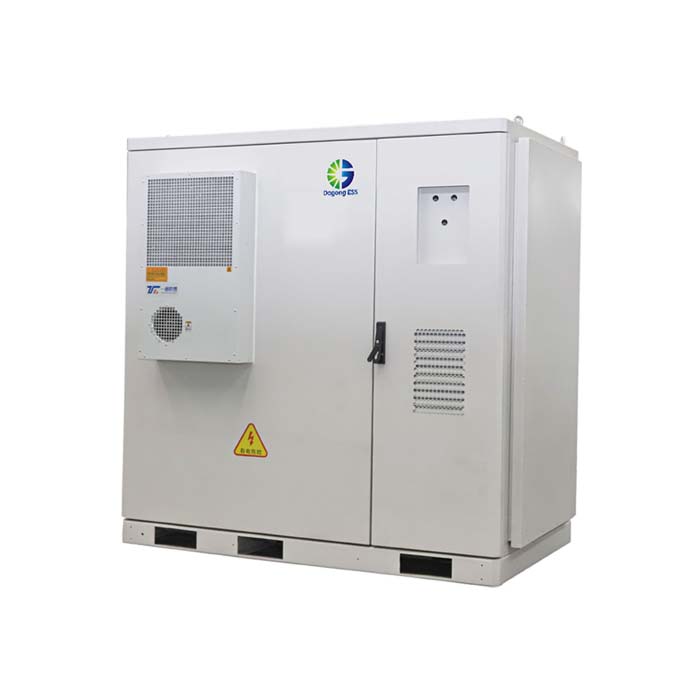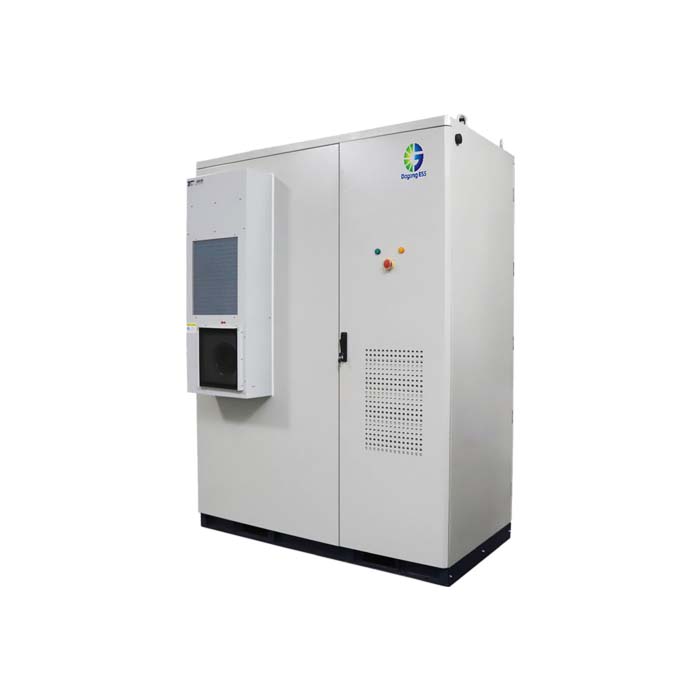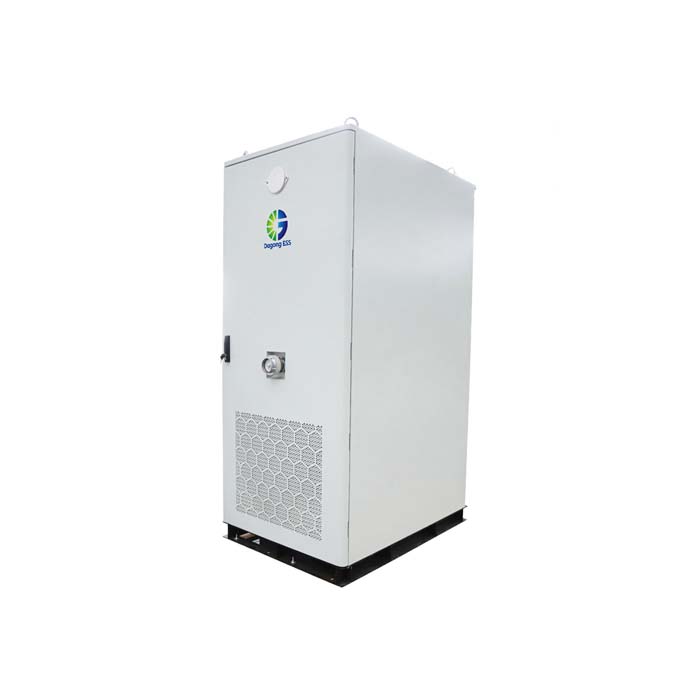Why Battery Consistency Is Critical for Long-Lasting Energy Storage Systems
What is Battery Consistency?
Battery consistency refers to the degree of uniformity in performance indicators among single cells within a battery pack. This includes metrics such as capacity, voltage, internal resistance, temperature characteristics, decay rate, and more. High consistency means minimal variation among cells, which is critical for optimal performance in energy storage systems.
Advantages:
Enhances overall battery pack performance and energy efficiency.
Extends the battery's operational lifespan.
Improves safety by reducing risks of overheating or failure.
Involved Technologies:
Advanced cell selection and grouping technology
Precision measurement and grading systems
Smart battery management systems (BMS)
Temperature and resistance calibration
Challenges for the Energy Storage Industry
Challenge 1: Inconsistent Battery Performance
Poor battery consistency reduces the efficiency and capacity of the battery pack.
Solution: Dagong ESS uses automated cell grading systems to ensure each cell meets strict consistency standards before assembly.
Challenge 2: Shorter Battery Lifespan
Internal resistance discrepancies lead to faster degradation and shorter lifespan.
Solution: Our systems employ uniform resistance matching and real-time monitoring to prevent premature aging.
Challenge 3: Safety Hazards Due to Overcharging or Overheating
Unbalanced cells can overheat, creating fire or explosion risks.
Solution: Dagong ESS implements multi-layer safety mechanisms and smart protection circuits to detect and isolate failing cells.
Challenge 4: Uneven Temperature Distribution
Temperature inconsistencies between cells impact efficiency and accelerate degradation.
Solution: We incorporate intelligent thermal management and design layouts that promote even heat dispersion.
Challenge 5: Difficult Maintenance and Replacement
Poor consistency makes it hard to diagnose issues and replace individual cells.
Solution: With standardized size and performance metrics, our systems make maintenance quick and hassle-free.
The Relationship Between Battery Consistency and BMS
Battery Management Systems (BMS) play a pivotal role in maintaining battery consistency throughout the life cycle of an energy storage system. Even with well-matched cells at the factory level, operational factors such as charge/discharge rates, temperature variations, and aging can introduce imbalances over time. A smart BMS continuously monitors and manages each cell’s voltage, temperature, and state of charge (SOC), correcting discrepancies and ensuring balanced performance.
Dagong ESS integrates advanced, intelligent BMS technology into all its energy storage products. Our BMS solutions provide:
Real-time monitoring of voltage, temperature, and capacity
Cell balancing functions to prevent overcharge and undercharge
Early fault detection and isolation for safety
Data logging for predictive maintenance
Why Choose Our Energy Storage Solutions?
High Battery Consistency: We strictly control capacity, voltage, resistance, and size to achieve peak uniformity.
Long Lifecycle: Through premium materials and quality control, our systems deliver long-term stability.
Modular and Scalable: Easily expand or integrate into existing infrastructures.
Smart Monitoring: Equipped with intelligent BMS for real-time diagnostics, ensuring system health and performance.
Safe and Reliable: Designed with top-tier protection mechanisms, from cell level to system level.
Applications of Energy Storage Systems in Various Industries
Renewable Energy Integration: Stabilize solar and wind energy by storing excess power for use during demand peaks.
Commercial and Industrial Backup: Ensure uninterrupted operations during grid outages or fluctuations.
Residential Energy Storage: Reduce electricity costs and dependency on the grid.
EV Charging Stations: Provide consistent power output and balance grid demand.
Telecommunications: Support reliable power for base stations and data centers.
Dagong ESS Products Showcase
With intelligent BMS, Dagong ESS ensures long-term battery consistency, system stability, and optimized energy efficiency in all usage scenarios.
Industrial & Commercial ESS:Industrial and commercial energy storage is a storage solution applied in industrial and commercial settings. It mainly consists of a battery system along with components such as EMS (Energy Management System), BMS (Battery Management System), and PCS (Power Conversion System). Its core functions include reducing electricity costs by leveraging the price difference between peak and off-peak hours, serving as an emergency backup power source during grid failures to ensure the operation of critical equipment, improving power quality by regulating power factor and mitigating harmonics, and balancing electricity load.
Residential ESS:The Residential Energy Storage System refers to energy storage solutions designed for residential or light commercial use. These systems allow for the efficient storage and management of electrical energy, typically derived from renewable sources such as solar panels, and can be used to power homes or small businesses during periods of high demand or when renewable energy generation is not available.
Frequently Asked Questions
Q1: Why is battery consistency so important in energy storage systems?
A: Because inconsistent batteries reduce performance, shorten lifespan, and increase safety risks. High consistency ensures reliable, efficient, and safe operation.
Q2: How does Dagong ESS test for battery consistency?
A: We use precise instrumentation to measure voltage, capacity, internal resistance, and temperature. Only matched cells pass into the assembly stage.
Q3: Can your ESS systems be customized?
A: Absolutely. We offer modular systems tailored to your voltage, capacity, and application needs.



